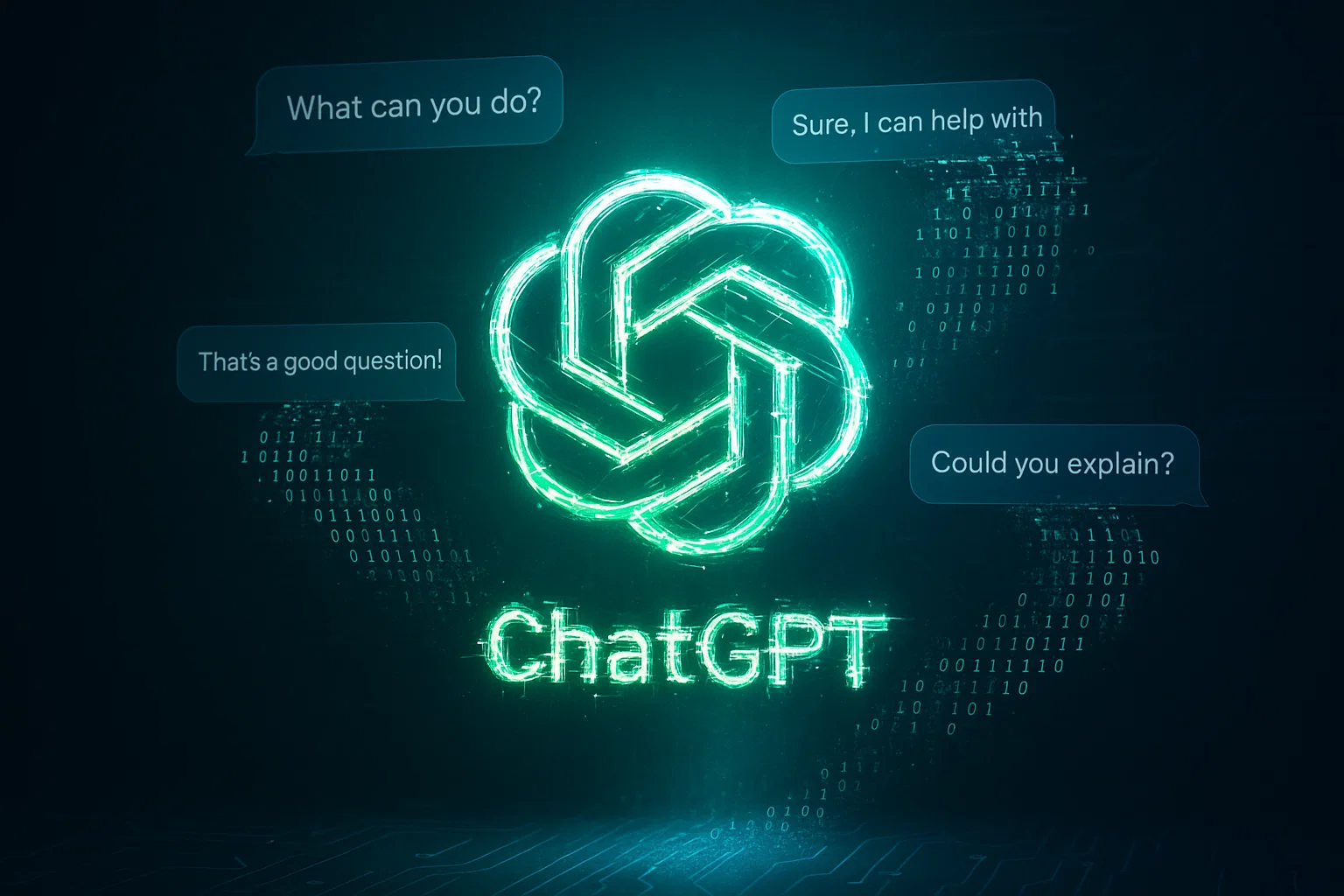Introduction
In early November 2025, security researchers discovered a new set of vulnerabilities in ChatGPT that allowed attackers to access users' memories and chat histories without their knowledge.
The report, first shared by The Hacker News, was a wake-up call for everyone using AI tools at work. It proved that even the most advanced systems can expose data if not properly secured.
As AI tools like ChatGPT, Gemini, and Copilot become part of daily business workflows, this incident highlights the growing need for clear AI governance, data protection, and strong security controls around how these tools are used.
What Happened and Why It Matters
The vulnerability allowed malicious users to retrieve previous chat sessions from ChatGPT's memory feature. In other words, someone could potentially view information that was meant to stay private.
While OpenAI moved quickly to patch the issue, the exposure revealed a much bigger truth: AI models are now part of the security landscape. They are not just productivity tools; they are new environments where sensitive data is stored, shared, and potentially exposed.
Here's why this matters:
- **Stored data is risk.** If a chatbot keeps memory or chat logs, those records can become a target for attackers.
- **Unauthorized access equals breach.** Even seemingly harmless conversation data can contain confidential insights about clients or internal processes.
- **No audit trail.** Many consumer AI platforms do not provide a way to track who accessed what information or when.
The Bigger Picture: AI as a Security Surface
For years, companies viewed AI as something they could layer on top of their systems to make them more efficient. Now, AI has become a system of its own, complete with risks, dependencies, and vulnerabilities.
Here are some of the biggest issues that this incident brings to light:
Memory Exploits and Prompt Injection
Attackers can manipulate how AI systems store and retrieve data to access information they shouldn't.
Data Retention Risks
AI memory features keep user context for long periods, sometimes even when users believe it has been deleted.
Third-Party Exposure
Integrations, plugins, and extensions can widen the risk window by connecting AI models to other systems.
Lack of Internal AI Policies
Without clear rules, employees may unknowingly input sensitive information into unsecured tools.
Vendor Dependence
Most companies rely on external AI providers, which means trusting another party with data security.
Lessons for Organizations Using AI
The lesson here is simple: AI security is data security.
If your team is already using AI tools, it's time to make sure those systems are governed, monitored, and controlled just like any other technology that handles company data.
Classify AI Data
Define what kinds of data can be safely used in AI tools and what cannot. Block sensitive information like financials, client data, or trade secrets from ever being entered into a public model.
Use Private or Enterprise AI
Switch to private or enterprise versions of AI platforms that offer stronger security controls, clear data isolation, and audit logs.
Include AI in Your Risk Framework
Update your cybersecurity policies to cover AI workflows. This should include access management, auditability, and data storage requirements.
Monitor AI Usage
Set up systems that log prompts, track who is using AI tools, and detect unusual activity.
Train Your Team
Provide employees with short training on safe AI use. Show them how to write secure prompts and what kinds of data are off-limits.
Building Real AI Governance
To stay safe, AI governance cannot be an afterthought. It has to be part of how your organization uses technology every day.
A strong governance plan includes:
- A clear list of approved AI tools
- Rules for what information can be shared
- Role-based access controls
- An incident response plan for AI-related exposures
- Regular reviews of vendors and tools
With these elements in place, teams can continue using AI productively while keeping risk in check.
How ForceNow Helps
At ForceNow, we help companies adopt and secure AI responsibly.
Our AI Security and Governance framework helps organizations:
- Identify where AI use creates risk
- Develop an internal AI usage policy
- Monitor and audit how employees use AI tools
- Train teams to use AI safely and effectively
Whether your company uses ChatGPT, Gemini, or in-house AI systems, we help you put guardrails in place so innovation never comes at the cost of security.
Final Thoughts
The ChatGPT vulnerability isn't just a software issue. It's a reminder that AI is now part of every organization's cybersecurity story.
As businesses continue to rely on generative AI, the line between "helpful assistant" and "potential attack surface" becomes thinner. The smartest organizations are already treating AI with the same security attention as any other high-value system.
By tightening your data policies, using private models, and educating your team, you can take advantage of AI without putting your organization's information at risk.
Ready to Build a Secure AI Usage Policy?
If your company is using AI tools like ChatGPT, now is the time to make sure your data is protected.
ForceNow helps organizations create AI usage policies that balance innovation and compliance while reducing exposure to new risks.
Start with a free consultation to identify where your current workflows may be putting data at risk — and learn how to fix it before it becomes a headline.
